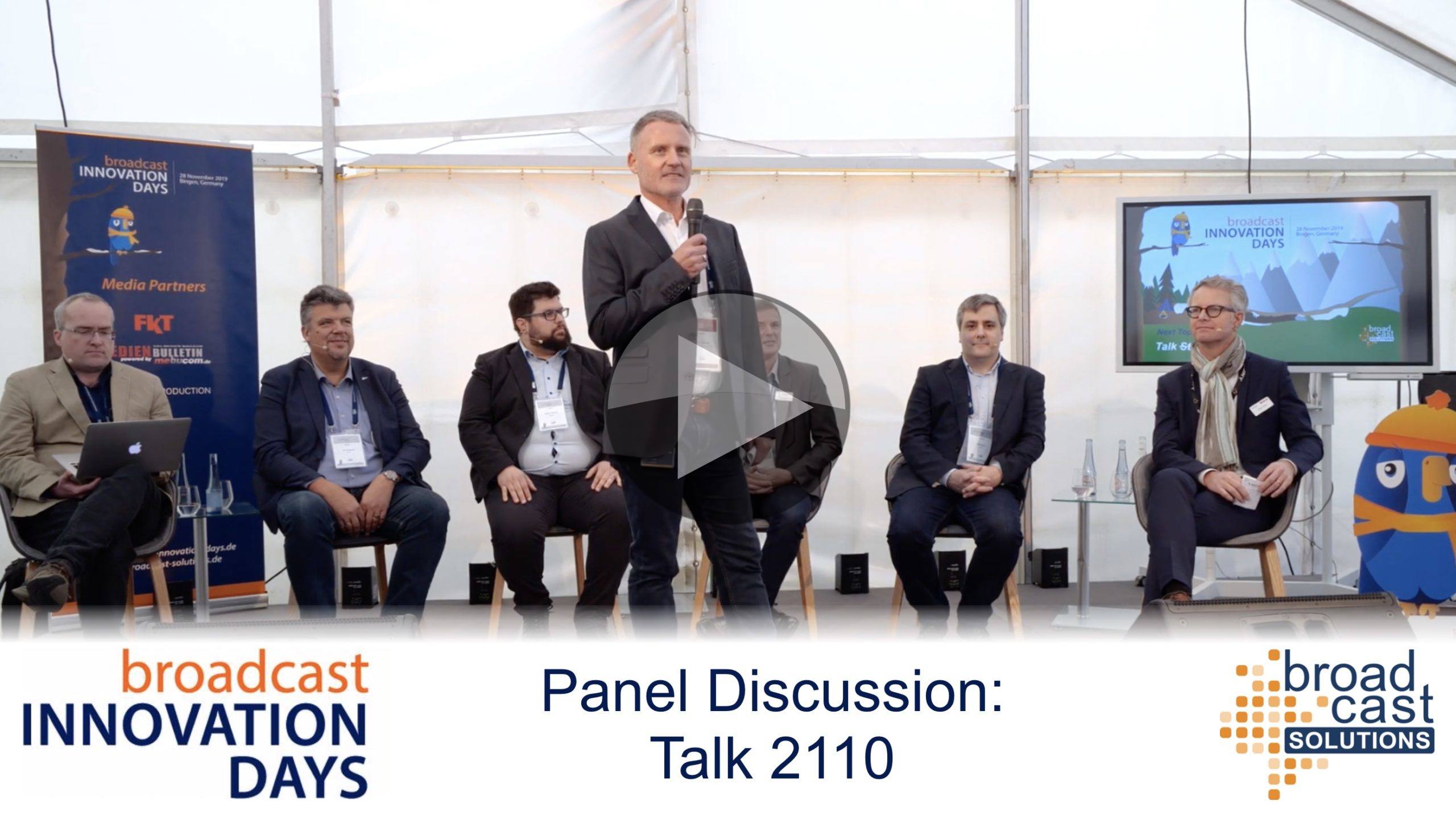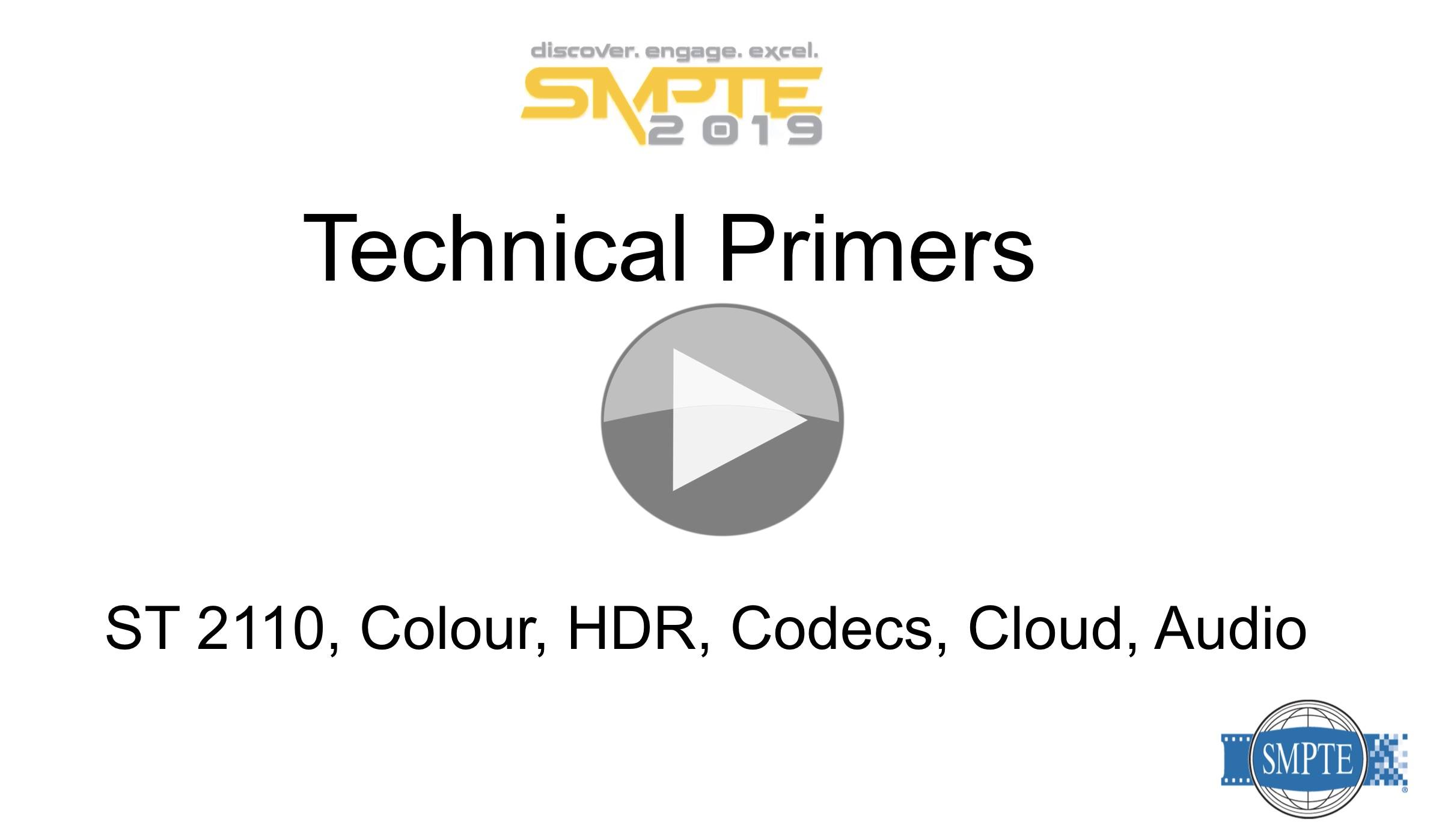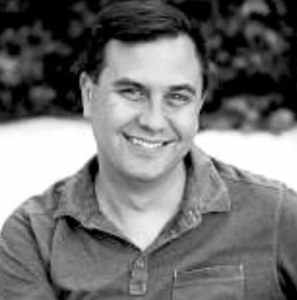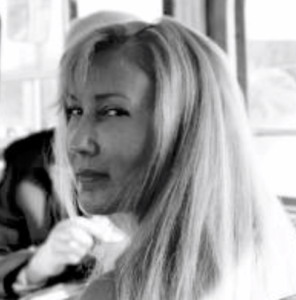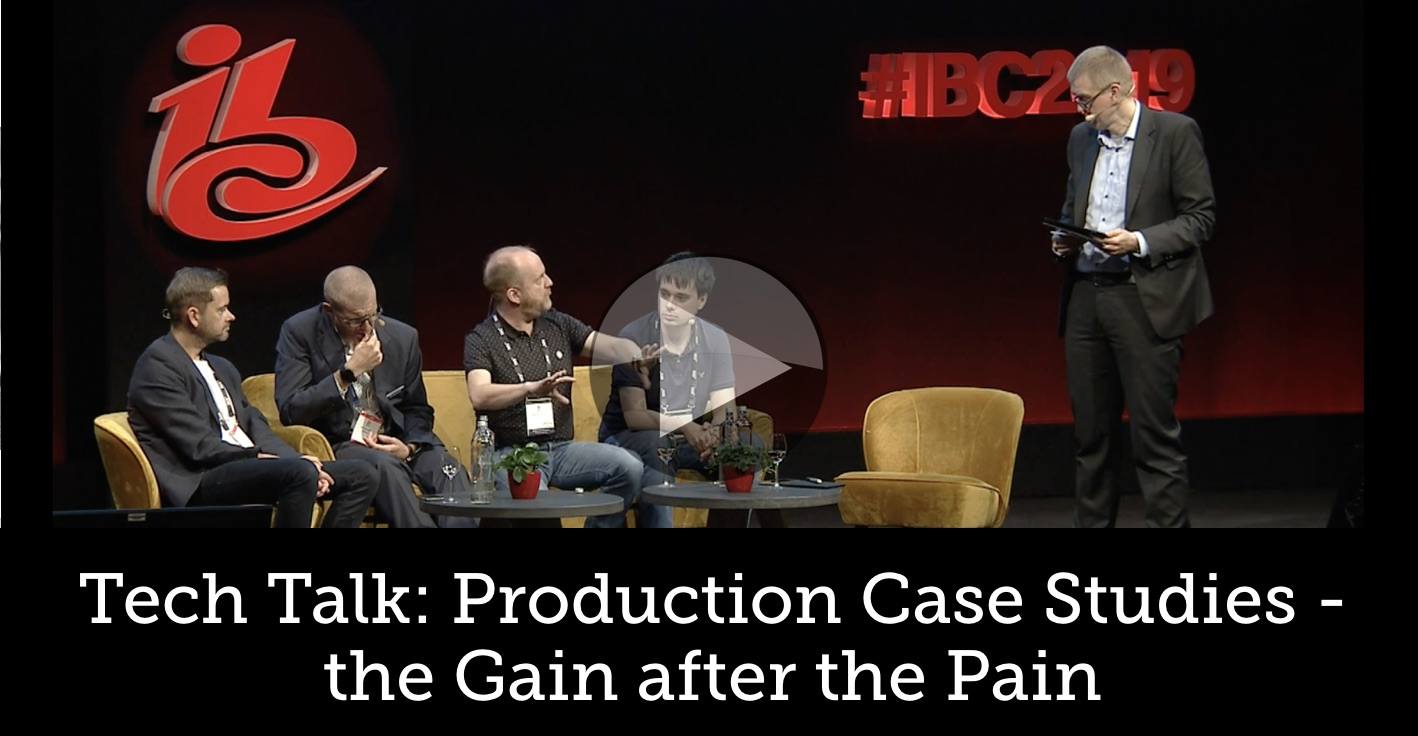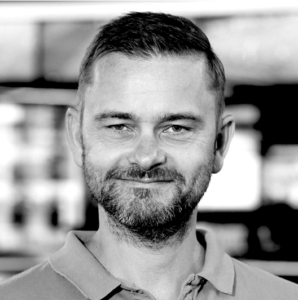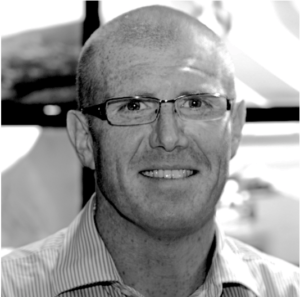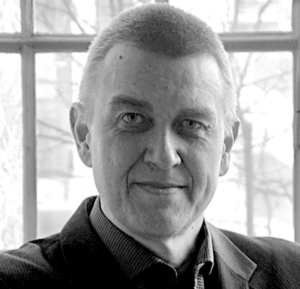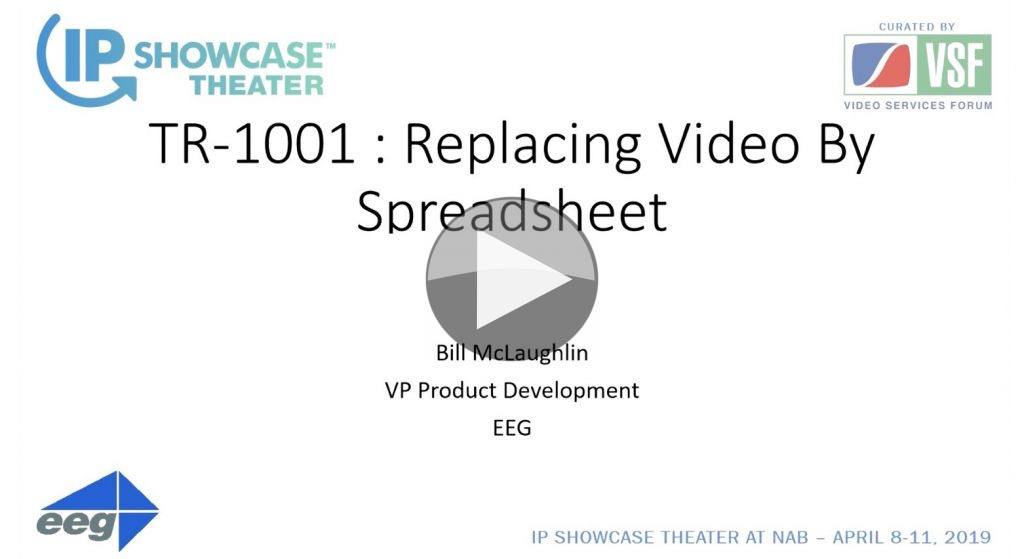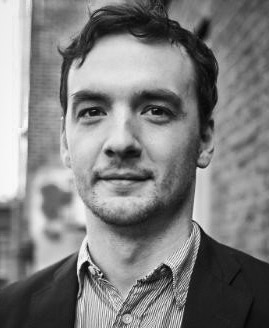Is the industry successfully delivering what we need with SMPTE’s ST 2110 suite of standards? What are the benefits of IP and how can we tackle the difficulties?
In this panel from Broadcast Solutions’ Innovation Day, we hear from 5 vendors understanding their perspectives and plans for the future. Claus Pfeifer from Sony say they have now 60 sites up and running in IP. Lawo’s Phil Myers follows up saying “People know they have to go IP, it’s a matter of when they go IP.”
Whilst this is a positive start, the panel moves on to talking briefly about difficulties implementing SMPTE ST 2110. Jan Eveleens from Riedel points out many of the issues will go as we are waiting for technology to catch up regarding CPUs and bandwidth. We no longer have the same processing issues we used to for audio. Similarly with video, technology will improve and remove many of the challenges. Phil Myers feels that cloud implementation issues are not a large problem at the moment as he sees a move to bring equipment into private clouds rather than public. This way they are doing ‘remote production for buildings’.
After each vendor outlined their future plans for IP, Zoltan highlighted that IP allows NDI to co-exist with ST 2110. Many may want to use 2110 for high end sports, for others NDI fits well. Then panel felt that a concerning area of IP is the worry of how to fix problems. The knowledge level is different from country to country. So vendors not only need to work on education about IP, both for NDI and 2110, but they need to do this in a focussed way for the different markets.
As the panel comes towards the end, Claus feels that the industry started to talk too early about pure technology. “Did not discuss enough about the business benefits.” he explains such as remote production and more efficient use of equipment – avoiding ‘sleeping Capex’. Installing IP makes a lot of sense for large-scale systems. Recently broadcasters have been working at a scale requiring much more than 1024 squared routers roughly where SDI routers top out. But also, these large systems tend to have a life of over 10 years. Faced with SDI development, particularly in routers, is slowing down or stopping, for these long-lived systems it makes much more sense to use IP.
Watch now!
Speakers
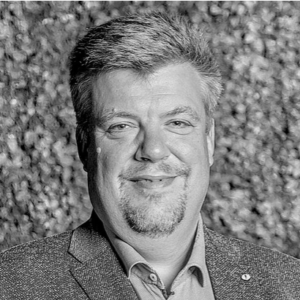 |
Jan Eveleens Director Business Development Video Solutions, Riedel |
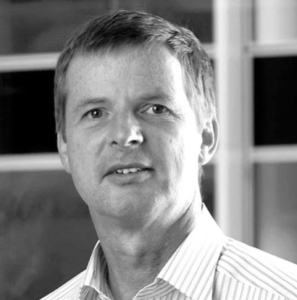 |
Joachim Kuhnen Strategic Solution Manager EMEA Imagine Communications |
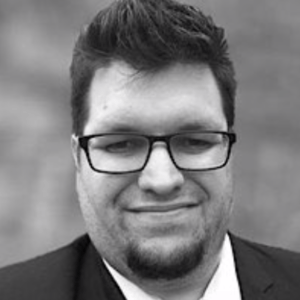 |
Zoltan Matula Regional Sales Manager Central Europe, Newtek |
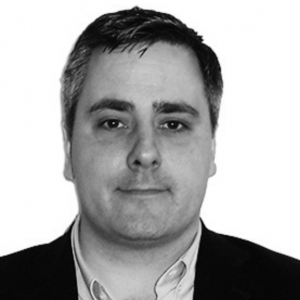 |
Phil Myers Chief Technology Officer, Chair of the Advisory Board, Lawo |
 |
Claus Pfeifer Head of Connected Content Acquisition – Media Solutions, Sony |
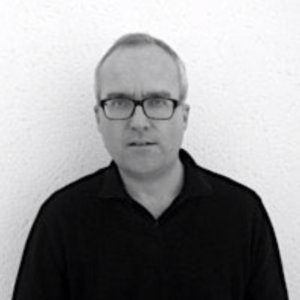 |
David Davies Moderator |

